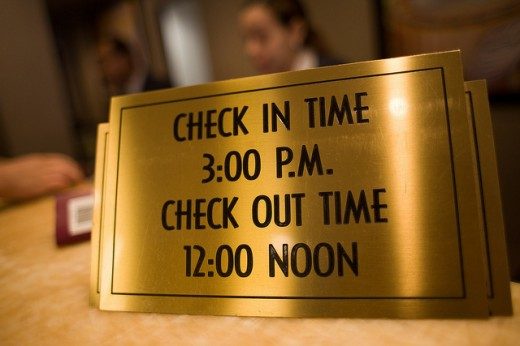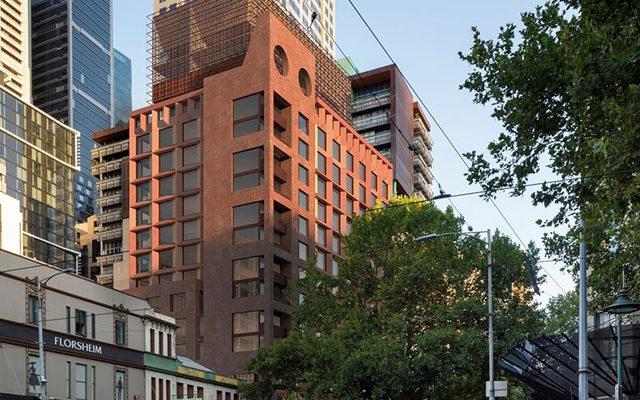This article is from the Australian Property Journal archive
AUSTRALIA’s traditionally strong hotels and leisure markets are well-placed to benefit from increasing international and domestic tourism numbers, according to the latest Deloitte Tourism and Hotel Market Outlook.
The research forecast international tourists, led by visitor numbers from China, to grow by 6.2% per annum over the next three years, tourism grew three times faster than the Australian economy over the year to June, up 10% to record the fastest rate of growth since the mid-1990s.
Combined with strong domestic travel numbers, which grew by 7.6% – the fastest pace since formal records began in 1998 – visitation demand may outweigh the increasing supply pipeline.
Australian room stocks are expected to rise by 14,000 over the period to December 2018, representing a 10% increase on Deloitte’s February 2016 outlook.
“Interest in hotel development continues to grow, as the sector’s performance is increasingly recognised by developers and investors,” Deloitte Access Economics partner Lachlan Smirl said.
“The gap between supply and demand projections remains unbridged. An improved demand outlook sees demand set to grow at twice the pace of supply over the period to end-2018, despite a net increase in the supply pipeline. National occupancies are accordingly projected to climb two percentage points to 72% by 2018.
“Demand pressure will sustain average room rate growth of 2.8% per annum and RevPAR growth of 4.8% per annum to the end of 2018, pushing national hotel expenditure from $14 billion to $16.5 billion per year,” he said.
Smirl said the hotel performance outlook is very much two-speed.
“There are the markets with resource sector exposure and, typically, strong supply growth outlooks. These dual forces continue to weigh on performance.
“Then there’s the markets where supply growth remains restrained and where demand-side exposure is predominantly to the fast-growing leisure segment. The outlook for these markets remains strong,”
“The markets that have led the way over the last six months will remain atop the performance league table over the outlook period. Sydney’s average occupancy will edge into the 90s and only the leisure hot spots of the Gold Coast and Tropical North Queensland will contend with it for the nation’s fastest growing revenue per available room (RevPAR) measure.
“Hobart will continue to benefit from Tasmania’s ever-growing tourism appeal, while Melbourne room rate growth will start to give way as occupancies climb higher still,” Smirl said.
Mining-related corporate travel had slipped back to 2010 levels, although at higher numbers than those seen long-term.
Occupancies in Brisbane and Darwin weakened to 74% and 67% respectively. Of the major hotel markets Sydney remained the standout performer, with occupancies hitting record levels at 89%.
Smirl said international visitation has found yet another gear.
“What is remarkable about the tourism growth we are observing is that it is being achieved against a relatively soft economic backdrop – both internationally and here in Australia,” he said. “Yes, the Australian dollar remains relatively favourable, and the sustained growth of the middle class in Asia continues to buoy international travel. But as income growth in China slows, travel to Australia is in fact accelerating. And this pattern is observable across a number of markets.
“At the same time, the increase in arrivals from many of Australia’s traditional markets – the US, the UK, Japan – is defying the relatively subdued economic conditions and ensuring the tourism success story is a far broader one than emerging Asia alone.”
Australian Property Journal




